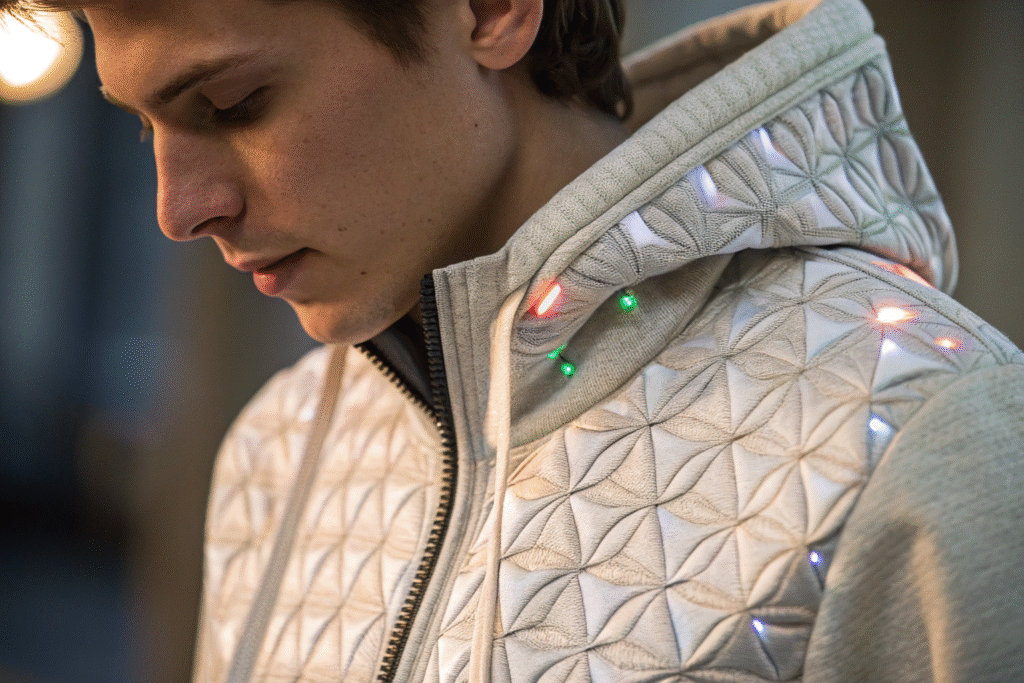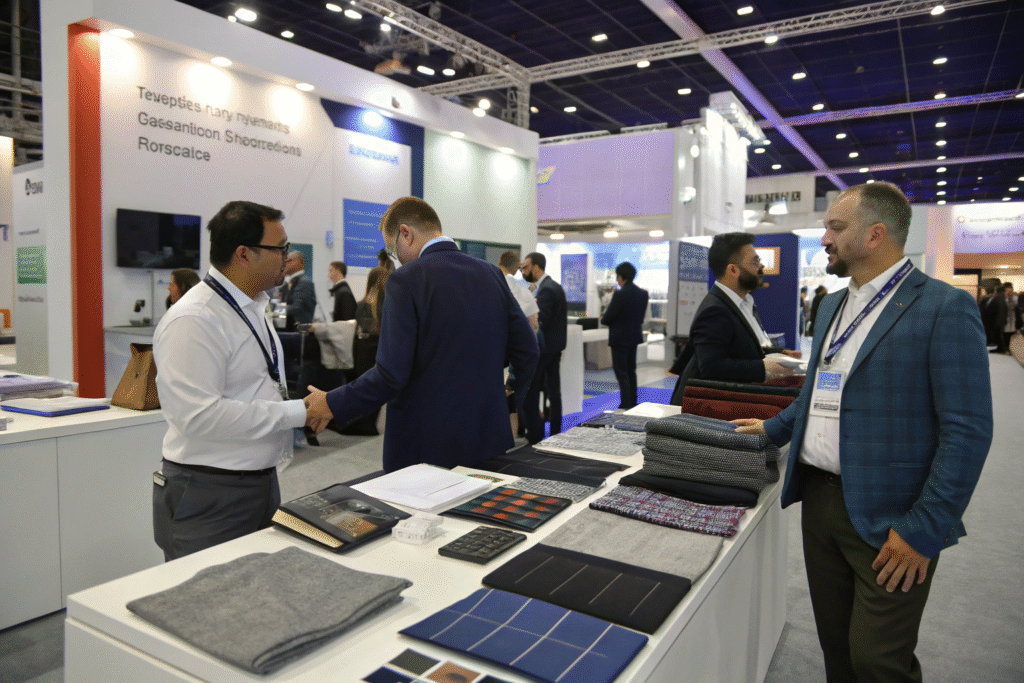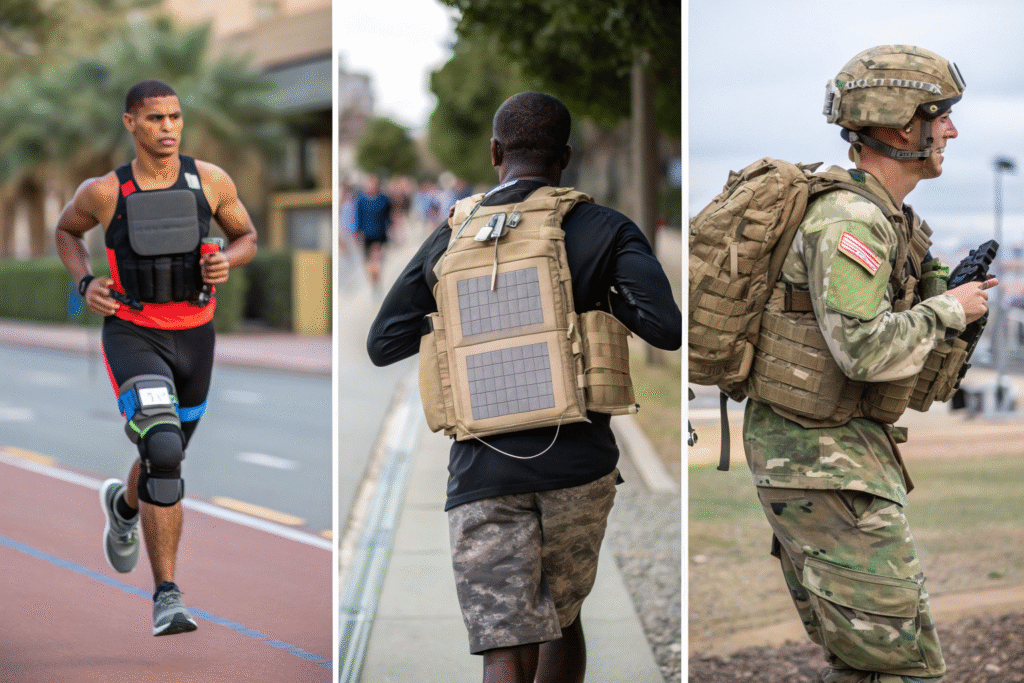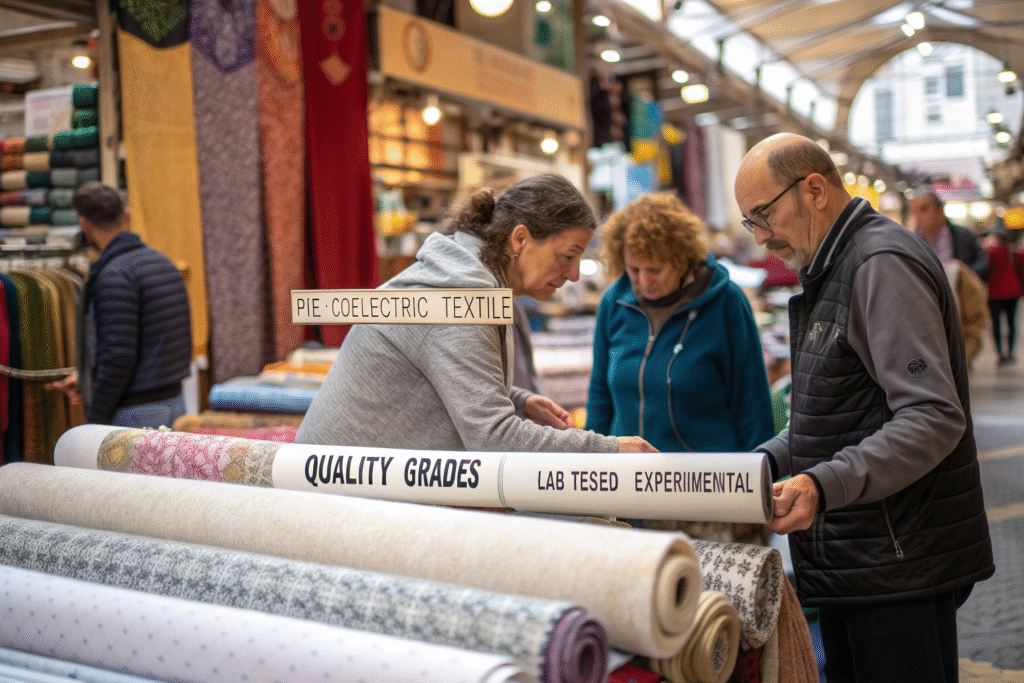In the rapidly evolving world of sustainable energy solutions, piezoelectric energy-harvesting textiles have emerged as a fascinating intersection of materials science, wearable technology, and renewable energy. These fabrics transform mechanical movement into electrical energy, opening doors to innovations in smart clothing, medical monitoring, and low-power electronics. However, for buyers, researchers, and brands eager to explore this technology, the real challenge lies in finding reliable sources that offer not just prototypes, but scalable and quality-assured production.
As of 2025, suppliers range from niche research labs to established textile manufacturers integrating piezoelectric fibers into their product lines. In this article, I’ll guide you through where to find these cutting-edge fabrics, what to look for in suppliers, and how to evaluate both pricing and performance.
For entrepreneurs, brands, and innovators—this could be your blueprint to sourcing textiles that generate power as you move.
Best Suppliers of Piezoelectric Energy Fabrics in 2025
The demand for piezoelectric fabrics is still niche but growing fast. Leading suppliers are a mix of university spin-offs, innovative startups, and established industrial fabric manufacturers integrating piezoelectric yarns into traditional weaves.
These suppliers are not only in Asia, but also in Europe and North America, making global sourcing possible for buyers who value both technical certification and mass production capacity.

Which countries lead in piezoelectric textile manufacturing?
Countries like China, Japan, and South Korea lead large-scale manufacturing thanks to their existing expertise in electronics and textiles. In Europe, Germany and Italy are investing heavily in functional textile R&D. In the U.S., companies like Powerfelt have been experimenting with energy-generating fabrics for wearables. China’s Keqiao region, where my company is based, is a hub for fabric innovation, and it’s increasingly hosting manufacturers capable of integrating piezoelectric fibers into woven or knitted constructions.
How to identify trustworthy piezoelectric fabric suppliers?
Trustworthy suppliers will have material test reports, compliance with ISO standards, and preferably third-party certifications like SGS or ITS. They should also be able to show working prototypes, clear product specifications, and offer customization services. Platforms like Alibaba and international trade fairs like Techtextil remain excellent starting points for supplier discovery.
How Do Piezoelectric Textiles Work for Wearable Tech?
Piezoelectric textiles generate power when subjected to mechanical stress—like bending, stretching, or compression. The core technology lies in piezoelectric fibers or coatings, often based on materials like polyvinylidene fluoride (PVDF) or zinc oxide nanowires.

How do they integrate into clothing?
The integration process involves weaving or knitting piezoelectric fibers alongside standard yarns, or coating fabrics with piezoelectric polymers. For example, PVDF yarns can be woven into sportswear, turning each movement into micro-watts of power—enough to run small sensors. Researchers at MIT Media Lab have experimented with these fabrics to power LEDs and low-energy Bluetooth devices in real time.
Are piezoelectric textiles safe and comfortable?
Yes, most modern designs prioritize flexibility, washability, and skin-safety. Coatings are typically encapsulated to prevent wear and tear. For wearable tech, moisture resistance is key. Some suppliers even integrate Gore-Tex membranes to maintain breathability while adding water protection.
Top Applications of Piezoelectric Energy-Harvesting Materials
From fitness trackers to battlefield communications, piezoelectric textiles are becoming more versatile each year.

Can they power devices on the go?
While the energy output is small, it is sufficient for low-power electronics like step counters, medical monitors, and wireless transmitters. Brands like Under Armour have explored integrating such fabrics into sports apparel for self-powered sensors.
What about industrial and medical uses?
In healthcare, piezoelectric bandages can monitor patient movement or healing progress without bulky batteries. Military applications include uniforms with built-in GPS trackers and communications modules, as seen in research funded by DARPA. Industrial use cases also include flooring that generates power from foot traffic.
Comparing Piezoelectric Fabric Prices and Quality Worldwide
Sourcing these fabrics requires balancing price, durability, and performance. Pricing is influenced by fiber type, integration method, and production scale.

How much do piezoelectric fabrics cost?
Currently, prices range from $50 to $200 per square meter for functional prototypes, dropping to $20–$50 for bulk orders from established suppliers. Vendors on Made-in-China often offer lower prices but may require higher MOQs (minimum order quantities).
How to assess quality before buying?
Always request lab test results, ask for sample swatches, and verify power output under mechanical stress. Trusted sources will provide details on output voltage, wash cycles durability, and comfort. Reading case studies from industry leaders like Smart Textiles can help set realistic expectations.
Conclusion
Piezoelectric energy-harvesting textiles are no longer just a futuristic concept—they are now within reach for fashion innovators, tech companies, and industrial users. By understanding where to find reliable suppliers, how the fabrics work, and what applications they serve best, you can position yourself ahead of competitors in this emerging field.
If you’re ready to explore custom development or bulk sourcing of smart, energy-harvesting textiles, I invite you to connect with us at Shanghai Fumao. Our Business Director Elaine will be glad to assist you at elaine@fumaoclothing.com.










